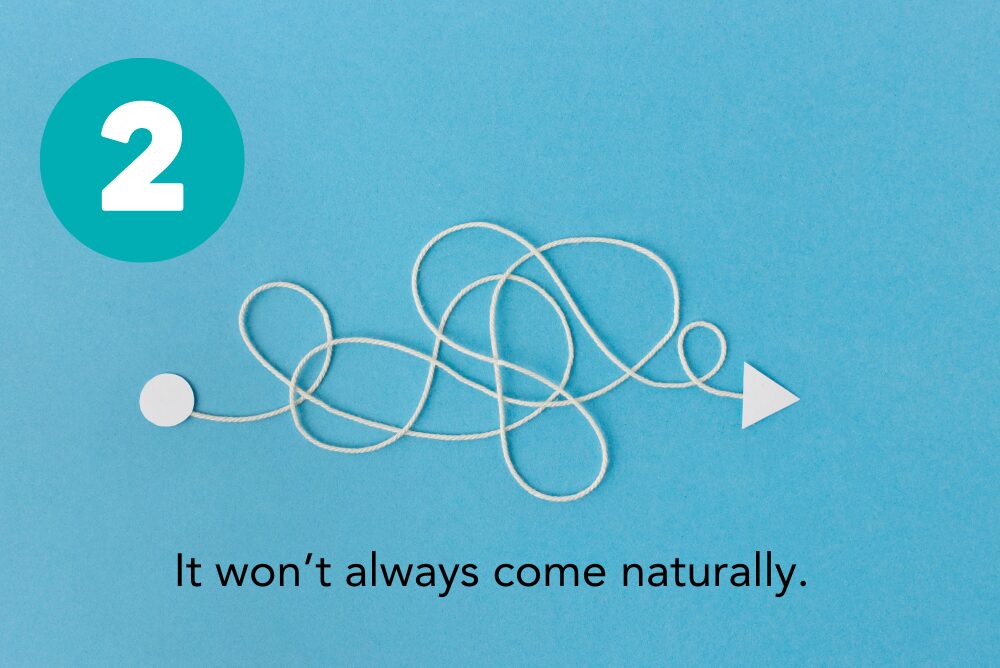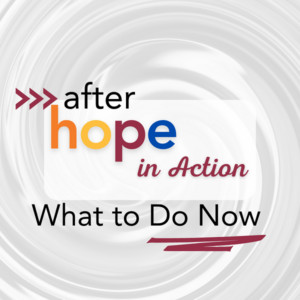
Struggling to put together your fundraising plans for a new year? Sometimes, refreshing or resetting your fundraising perspective is the best place to start.
It’s so much easier for creative fundraising ideas to flow when you feel refreshed, excited, and supported.
Read five quick tips below – and don’t forget that your Client Services Coordinator is here to help with one-on-one support as you need it.
Updated in December 2024

Tip 1: Start with You
What are your hobbies? What do you love to do? Use your own passions as your starting point for a fundraiser. Your biggest fundraising successes will come from something that you already know and love.
Fundraising is all about creativity. How about a calendar featuring your service dog? A nerdy movie marathon? Start with the heart and let your passions and your creativity lead the way.
If you have the start of an idea but you’re not sure where to go next, there are two easy things you can do:
- Browse on your favorite social media platform to see if anyone else has come up with an interesting way to combine your idea or hobby with a fundraiser.
- Ask your Client Services Coordinator for ideas! That’s what our team is here for: to help you turn an idea into a successful fundraiser.

Tip 2: It Won’t Always Come Naturally - and That's Okay
It’s okay if fundraising feels like a big challenge sometimes.
Fundraising is not easy, and managing a campaign can start to feel like a full-time job. These feelings are normal.
If fundraiser ideas just aren’t coming together this week, or if you feel overwhelmed by the thought of posting on social media even once, give yourself permission to take a break before you get back to it.
The truth is, not every fundraiser or fundraising idea is going to be an overwhelming success.
Some ideas work, and some don’t. Embrace trial and error, and know that just because a fundraiser doesn’t work doesn’t mean YOU are a failure.
It is a major effort to bring even a small fundraiser to life. Stay positive, keep moving forward, and take unsuccessful fundraisers as a lesson instead of a disappointment.
And on that note: commit to strong documentation. Keep track of what works well and what doesn’t so that you can build from there. It can be helpful to have a good record of some of your best (and not-so-best) fundraisers and fundraising ideas.
No matter what, KEEP GOING, and remember that you are not alone.

Tip 3: Take a Leap
If you feel ready to switch things up this year, why not find one way to go out on a limb? Here’s an option to shake things up and try something new:
Convert your Campaign Page into an easy video blog (or vlog)! Start by making a short selfie video about how you’re feeling today. Challenge yourself to make the video just one minute long at maximum. Upload it to YouTube, then add the video link to your Campaign Page as an Update.
Just like that, you’ve launched a vlog! Commit to adding a new video once per day or per week. Now your supporters have a new way to get insights into your journey, including how fundraising is making a difference.
Don’t get caught up on perfection when it comes to trying new ideas for engagement, connection, and fundraising. Try it first – figure out if you want to keep it in your permanent fundraising toolkit later.

Tip 4: When in Doubt, Say Thank You
Supporters love to feel that they are a meaningful and impactful part of your story. If you’re not sure how to communicate about your campaign right now, start by saying thank you.
Create a social media post or email blast that focuses on just one simple thing: thanking everyone who has EVER donated to your campaign or shared it with others.
Can you remember a time when a donation or a kind comment really made your day? Can you share a story about a particular need that you were able to meet thanks to donations?
Paint a picture for your supporters. Even if they have already donated once or twice (or more), a heartfelt story can bring them back into the fold and draw them closer to the critical cause behind your campaign.

Tip 5: Give Yourself Permission to Need Help
Asking for help can be a blow to your pride. Fundraising may lead to complicated feelings about your needs and your independence. Do you ever feel guilty or ashamed asking for support – or even asking for fundraising help?
These feelings are normal, too.
So, here is an affirmation to help prevent those feelings from becoming your reality:
When you ask for assistance, you are doing more than begging for help. You are giving someone else the opportunity to make a difference.
Here’s an easy way to reframe your own need for support:
Imagine you were asking your community to support a completely different cause—for example, a charity coat drive in your town. How would you ask for help?
You might get specific (I need five coats to meet my goal) or appeal to their emotions (someone in our town is cold right now, but we can help). See if you can be just as specific and colorful with your language when you reach out to share your fundraising campaign.
People like to do what they are good at. Sometimes, it’s easiest to ask someone you know to help with ONE particular task. Be sure to let them know that you chose them because it’s an area in which they shine!
A little momentum goes a long way. Whether it’s the result of daily affirmations, new communication strategies, or a new volunteer on your side, just one win will take you far this year.

Your Trail Guide is Here!
Fundraising is a journey, not a destination—so don’t forget about your trail guide!
Your Client Services Coordinator can work with you to help you form a stronger fundraising strategy. Back up your plans with all the tools our team has to offer you: customized flyers and fundraising materials, fundraiser planning advice, outreach and communication support, press outreach help, and so much more.
Get in touch with your Coordinator today. Ask questions, get feedback, and form a fresh fundraising plan as your journey continues to unfold.
Written by Emily Progin










